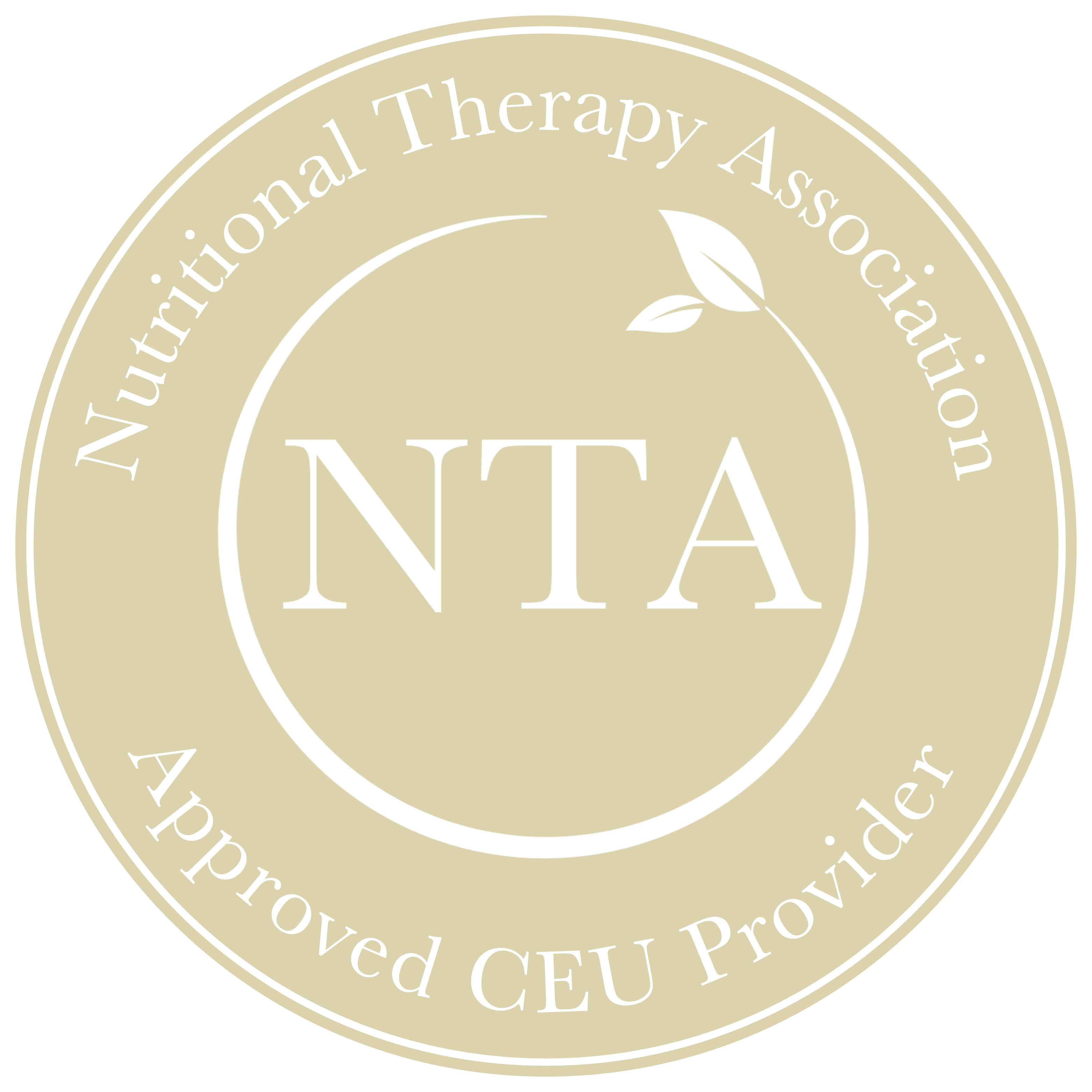SIBO, or small intestinal bacterial overgrowth, is a digestive condition in which there is excess or unusual bacteria in the small intestine. Unlike the large bowels, where byproducts of excess or imbalanced bacteria can escape relatively quickly by passing gas or having a bowel movement, with SIBO, the by-product gasses of this excess bacteria have nowhere to go. This leads to painful gas, cramping, and bloating that often gets worse throughout the day with each subsequent meal consumed. It’s terribly uncomfortable and can feel impossible to rectify.
Often, clients will come to us having unsuccessfully attempted all sorts of elimination diets. They’ve likely tried multiple different gut-related supplements – and sometimes the very things that “should” help (probiotics and fermented foods, for example) exacerbate their symptoms significantly. Many have had their SIBO formally diagnosed and even treated with a round of Rifaximin, the standard medical antibiotic treatment, with minimal positive effect or it resolved the issue temporarily before symptoms returned with a vengeance.
We see clients like this all the time in our practices and SIBO can feel daunting to address clinically. And yet, there are some very specific reasons why most approaches to SIBO don’t work.
For one, it’s often assumed that SIBO is the root cause issue, but in reality it’s the downstream effect of other aspects of digestive dysfunction. When all the attention is on the SIBO itself, the therapeutic approach is limited to eradication and misses the bigger, more important question: what allowed this bacteria to proliferate in the small intestine to begin with? Without answering that question and addressing the real root cause, the likelihood of SIBO recurring is extremely high.
Second, SIBO is tricky to identify via testing. The gold standard is a non-invasive breath test that measures hydrogen, methane and hydrogen sulfide gasses produced by bacteria in the small intestine that have diffused into the blood, then the lungs, for expiration. The challenge with these tests is to find one that tests for all three types of gasses and that also introduces different substrates (typically glucose and lactulose), as different bacteria feed on different substrates. Ultimately, the chances of a false negative test result for SIBO are high, particularly if the test is not assessing for all gasses using multiple substrates. Furthermore, this testing is only assessing for SIBO itself and thus doesn’t provide insight into any of the questions we have about the digestive dysfunction that allowed for the SIBO to develop.
Lastly, the dietary strategy when working with SIBO is totally different from other digestive eradication protocols. Usually, when we eradicate something – let’s use fungal overgrowth as an example – we’re both killing off the fungus while simultaneously using the diet to starve it out. With SIBO, it’s not about starving the “bad guys”; it’s more to manage symptoms. In fact, starving out excess bacteria in the small intestine doesn’t eradicate them at all, but simply encourages them to go into hiding. Thus we need to feed them just enough to keep the bacteria active, so they are available for eradication, but not so active that they cause the client undue discomfort. If it sounds like quite the balancing act, that’s because it is.
While these challenges are very real, it is absolutely possible to address SIBO naturally, effectively, and for the long term. Here’s the RWS Approach:
-
-
- Start at the beginning, not the end.
This means we don’t begin with testing for SIBO specifically, but with assessing for and correcting the underlying digestive imbalances that contribute to the development of SIBO in the first place.
- Build a protocol that is comprehensive.
When you’ve identified what underlying digestive imbalances are allowing for SIBO to develop and thrive, your protocol will address these and not focus exclusively on eradication. Yes, in many cases testing does indicate that some eradication is required, but we are additionally focused on optimizing digestive function, motility, and any other microbiome imbalances detected on gut testing.
- Properly strategize the diet
The most common dietary approach used to address SIBO is a low-FODMAP diet. While it can help to alleviate symptoms, as I explained above, it’s not going to “cure” SIBO. Remember, the goal of the diet when addressing SIBO is to keep the client as digestively comfortable as possible while still allowing enough fermentable foods that the bacteria don’t go into hiding. Furthermore, identifying and removing foods that are triggering an inflammatory process in the individual is often enormously beneficial in speeding the healing process.
- Leave time for the Migrating Motor Complex to initiate between meals
This is a concept we’ve not yet explored: the all-important migrating motor complex.Here’s the formal definition:
“[The Migrating Motor Complex (MMC)] is a cyclic, recurring motility pattern of the smooth muscle layers that occurs during fasting in the stomach, small intestine or colon [20]. The duration of the whole cycle is about 130 min [21]. MMC has been suggested to be involved in the propulsion of gastric content and control of bacterial growth in the intestinal lumen.” [source]
Think of the Migrating Motor Complex (MMC) as a tidal wave of muscular contractions that sweep through the digestive tract from north to south keeping everything moving along. Oftentimes when SIBO is present, bacteria from the large intestine has backed up into the small intestine, and a compromised MMC is a piece of this puzzle. The key detail to know about the MMC is that it is only triggered when one has gone 4-5 hours without eating. Thus, we want to encourage our clients not to snack and to leave at least 12 hours between dinner and breakfast the next morning.
- Consider structural elements
If your client is still struggling with all of these efforts, don’t forget to consider that they may have a structural component. For example, an ileocecal valve that is “stuck” open can contribute greatly to the development of SIBO. For most of us nutrition professionals, addressing the structural component is outside our realm of expertise, so finding a practitioner who uses visceral manipulation techniques can be quite effective.
The RWS approach to addressing SIBO is so powerful we very rarely ever utilize the typical SIBO breath test! If you’re struggling to help your clients with SIBO, join us for the next Level 1: Mastering the Art and Science of Gastrointestinal Healing where we teach the ins and outs of this approach in great detail.
Yes, SIBO is challenging, but with the right tools it can be turned around once and for all.
- Start at the beginning, not the end.
-







